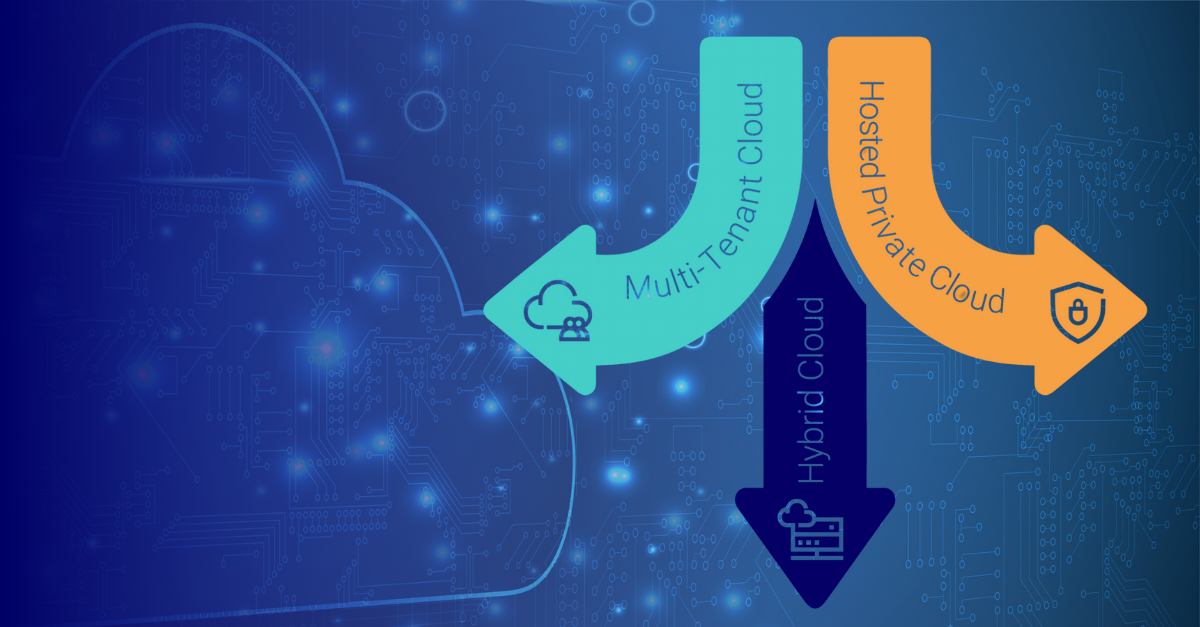Why streaming your Sunday night show depends on invisible infrastructure

Where does your show live?
It’s Sunday night, the dishes are clean, the kids are in bed, and a new favorite show you’ve been streaming drops at 9:00 p.m. All you need to do now is sit back, relax, and ensure your Wi-Fi doesn’t go out while your episode loads in stunning 4K fashion without buffering.
Have you ever considered where these streaming services keep their content and how it gets delivered to your living room TV? In a world that’s becoming increasingly digital, this question seems to have an abstract response, but the answer is rooted in physical mediums that include data centers, content delivery networks (CDNs), and fiber optic cables provided by internet and network service providers.
Where streaming content is stored and secured
Whether you prefer Netflix, Prime Video, or you still can’t escape the latest Pixar release from Disney+, these content and digital media companies are known as “Over the Top” (OTT) providers that deliver their media to viewers over the internet, or what is known as IP traffic. This content resides on physical servers that sit within data centers hosted by either hyperscale cloud providers (AWS, Microsoft Azure, Google Cloud) or colocation facilities where terabytes of video are rendered and stored. The data center facilities that host the infrastructure for these workloads are highly secure, utilize uninterrupted power resources equipped with environmental monitoring controls, and are densely interconnected to deliver your binge-worthy show.
Optimizing content delivery through a distributed infrastructure
If users had to access their video from a single server outside of Los Angeles to their home in the Tri-state area, they would experience significant buffering issues, leading to missed action and spoilers. With users worldwide accessing and streaming content, this data cannot afford to reside in a stagnant location to deliver a quality viewing experience. Content Delivery Networks (CDNs) help solve for this issue by shortening the physical distance between content and viewers. CDNs (Akamai, Cloudflare, and Fastly) provide groups of distributed storage servers that cache and deliver content close to end users to reduce latency and provide high-speed transit delivery that is expected when streaming a movie or show. So, instead of connecting to wherever an OTT’s origin server may reside, a CDN enables viewers to connect to a geographically closer data center where the distributed CDN server is located. So, when you’re watching your favorite show on a beach vacation or from a cabin on the ski slopes, that content is being streamed from a CDN cache likely sitting in a regional data center, not from Hollywood.
Connectivity powers local experiences
The last piece of this streaming puzzle comes down to how this content travels around the world to reach its ultimate destination, your living room. The delivery of content from an OTT to a CDN, to your home network requires a vast amount of physical fiber spanning across critical exchange points and subsea cables that terminate in, you guessed it… data centers. Internet exchange points provide a way to effectively onload and offload traffic to national and regional internet service providers that take care of the “last mile delivery” to your streaming device of choice. CDNs will often deploy their servers at interconnection points where there is the intersection of multiple networks, ensuring both cost and delivery optimization. This direct exchange of traffic over private interconnections enables a more consistent streaming experience, whether you’re on a smart TV connected to your home Wi-Fi or a 5G smartphone.
Buffer-free by design
Next time you sit down to watch your favorite show on a Sunday night, you can breathe a sigh of relief—you won’t be caught on an endlessly buffering cliffhanger. You can take comfort in the well-architected infrastructure of data centers, CDNs, and interconnected fiber networks stitching it all together for your streaming needs. Now, back to your original scheduled programming!









